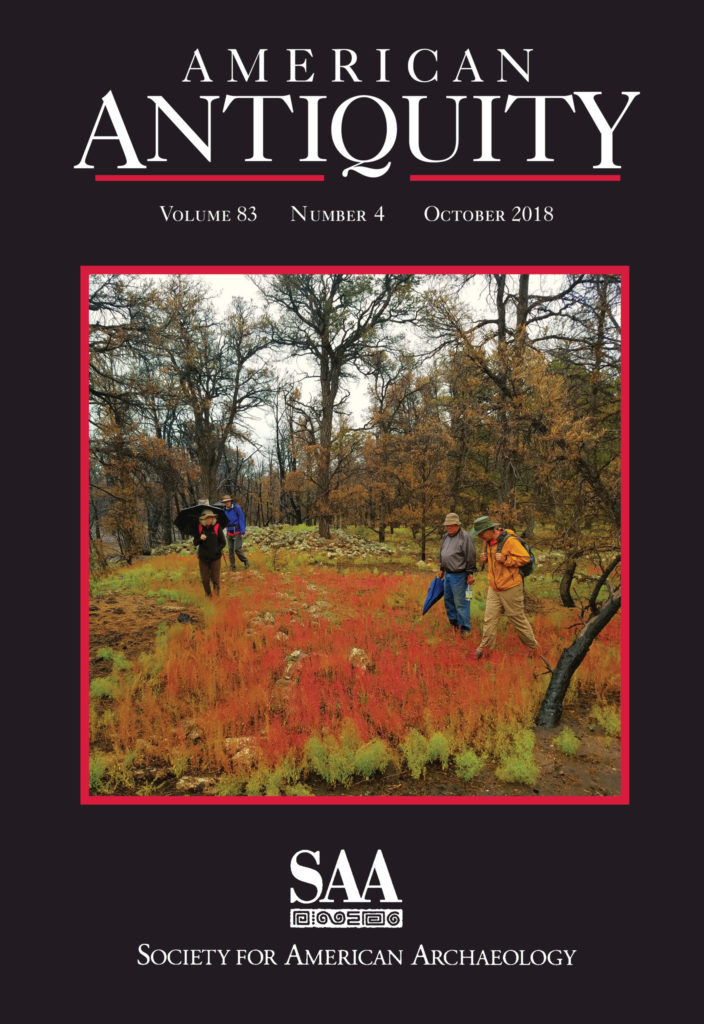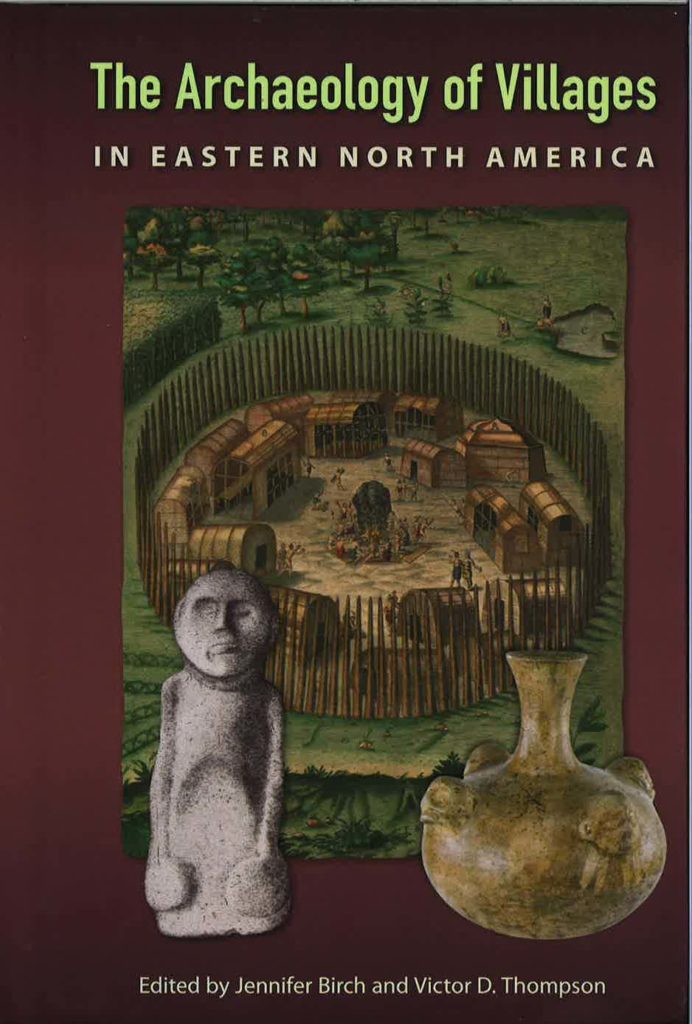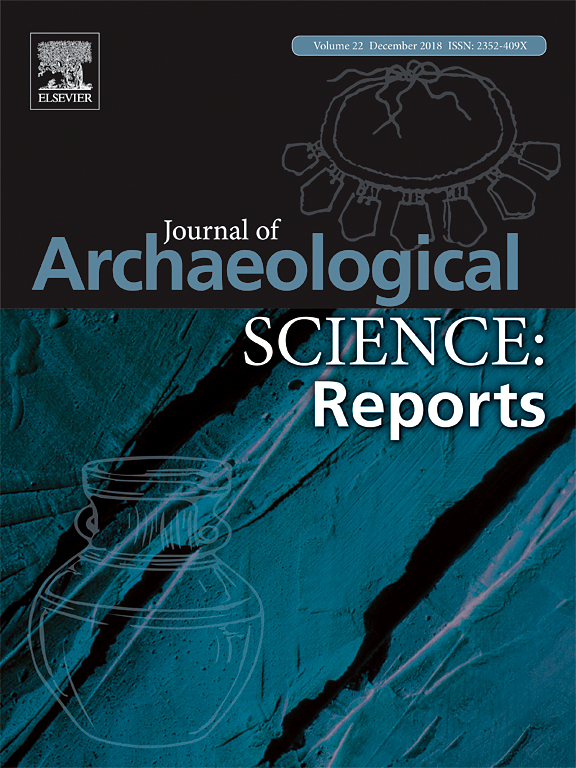Ware is Point Peninsula? Or, Who was living on the lower Credit River during the Middle Woodland Period?
When the compilation volume The Archaeology of Southern Ontario to A.D. 1650 volume was published nearly 30 years ago, three distinct Middle Woodland complexes were discussed in detail, but the authors of that article (myself included) provided a proviso that “…we expect a picture to emerge of a series of localized complexes extending across the southern part […]
Public Communications in the Ontario CRM Industry
In Ontario’s Cultural Resource Management industry, we are experiencing a profound change in how we communicate with the public. Where once we relied on newspapers, academic journals, and museums to disseminate our knowledge, we can now communicate directly with the public through social media. This change has led to new questions about what information we […]
Time, Space and Ceramic Attributes: The Ontario Iroquoian Case
Ontario Iroquoian chronology has been largely based on observed or inferred changes in the frequency of rim sherd types or attributes through time. Such observations include the increasing development of collars, decreasing complexity in collar motif, decreasing frequency of horizontals and changes to the location of their placement and decreasing neck decoration through time, to […]
Urban rats have less variable, higher protein diets

Over the past 1000 years, rats (Rattus spp.) have become one of the most successful and prolific pests in human society. Despite their cosmopolitan distribution across six continents and ubiquity throughout the world’s cities, rat urban ecology remains poorly understood. We investigate the role of human foods in brown rat (Rattus norvegicus) diets in urban […]
An Early Woodland Domesticated Chenopod (Chenopodium Berlandieri Subsp. Jonesianum) Cache From the Tutela Heights Site, Ontario, Canada

A cache of charred, domesticated chenopod (Chenopodium berlandieri subsp. jonesianum) seeds is reported from the Early Woodland (930–915 cal BC) Tutela Heights site (AgHb-446) in Brantford, Ontario, Canada. This is the northernmost report of the crop, approximately 800 km northeast of Kentucky where the previous northernmost occurrences contemporary with Tutela Heights are reported. The Tutela […]
Sharing the CRM Wealth: Creating a Searchable Archaeological Database with GIS
Academic excavations are no longer the driving force behind archaeological research in North America. In the current economy, private cultural resource management firms (and also those based within academic institutions) complete most archaeological field activities. However, the results of these surveys and excavations are often confined to the grey literature, though not from any lack […]
Forget Me Not: Charles Orser’s Unearthing of Hidden Ireland
In 1994, Charles Orser began a multi-year excavation program in County Roscommon, Ireland, that would help to legitimize the nascent field of post-medieval (modern-world) archaeology in the country. In a place rich with passage tombs and golden hordes, a focus on post-1700 deposits was unusual enough, but to have an archaeologist interested in the poorest […]
Initial Northern Iroquoian Coalescence

In this chapter, we employ the rich corpus of archaeological settlement data available for southern Ontario and New York State to examine the processes associated with village formation. This included the establishment of maize-based agricultural economies, the emergence of village-communities and the long-house-based residential pattern, and the development of social institutions that served to integrate […]
Steatite characterization using X-ray fluorescence and insights into Northern Iroquoian interregional interaction

The research presented here evaluates the applicability of energy-dispersive X-ray fluorescence (EDXRF) for characterizing steatite. We present compositional data from an assemblage of 100 steatite beads and pipes deriving from 11 Northern Iroquoian sites in southern Ontario and New York State. Percentages of major elemental constituents and principal components analysis define two compositional groups and various […]
A Modest Proposal for GIS-Based Data Sharing in Ontario Archaeology
Academic excavations are no longer the driving force behind archaeological research in North America. In the current economy, private cultural resource management firms (and also those based within academic institutions) complete most archaeological field activities. However, the results of most surveys and excavations are often confined to the grey literature, though not from any lack […]


